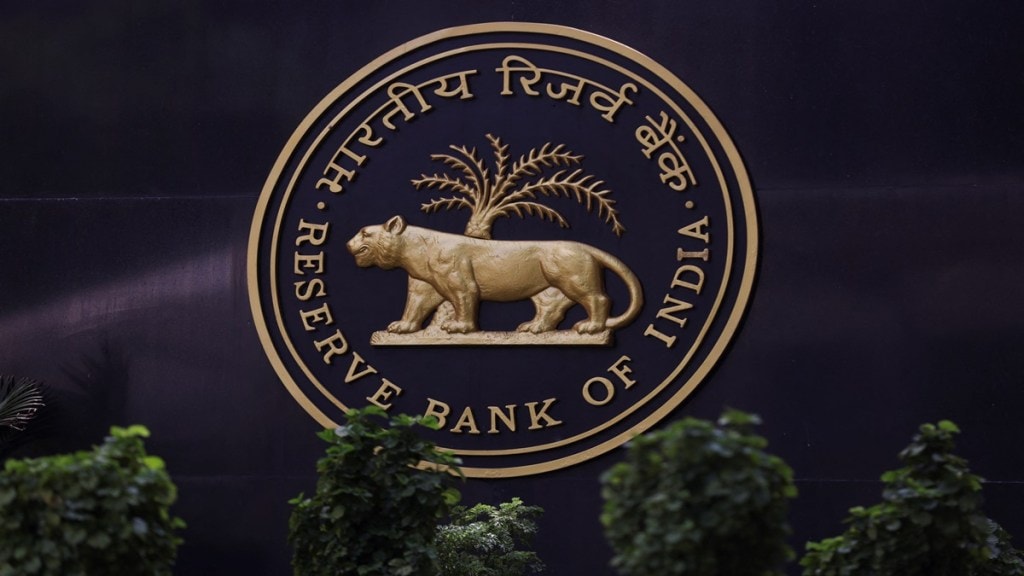The Reserve Bank of India (RBI), on May 23, announced a bumper dividend payout worth Rs 2.69 lakh crore for the central government for the financial year 2024-25. This amount is close to the Rs 2.6 trillion factored into the budget for FY25-26 (which includes a dividend from both the RBI and other financial institutions). Now this raises several important questions – Who decides this amount? Where does the money come from? What factors determine whether the central bank should go for a generous payout or choose to be more conservative?
Could the dividend have been bigger without the ECF tweak?
The dividend, while modestly higher on-year due to higher RBI income in FY24-25, was lower than market expectations due to a revision in the RBI’s Economic Capital Framework (ECF). Earlier, the RBI had revised its ECF, marking a significant calibration of its risk provisioning and surplus distribution mechanisms. The revision follows a five-year periodic review, as recommended by the Bimal Jalan Committee, which had originally proposed the framework in 2019.
Per the revision, the contingent risk buffer was revised up from 6.5 per cent to 5.5 per cent of the RBI’s balance sheet to 7.5 per cent to 4.5 per cent now. The revised framework provides more flexibility to manage intertemporal transfers to RBI. “The RBI decision to increase the CRB to 7.5 per cent in FY24-25 meant increased risk provisioning, but softer growth in the balance sheet suggested the funding requirement was small in FY24-25. In sum, it meant surplus transferred to the central government was lower than what it would have been if the extant ECF was maintained,” said Aastha Gudwani, India Chief Economist, Barclays. The brokerage firm estimated a dividend of Rs 3.38 trillion.
Aastha Gudwani said, “The revised framework provides more flexibility to manage intertemporal transfers to RBI.”
Who decides RBI’s dividend to government?
It may seem like the government has the final say in deciding the amount the central bank will hand out for the financial year since it’s the beneficiary. However, the reality is more complex and governed by a framework that balances prudence, independence, and macroeconomic stability.
The final decision on the size of the surplus transfer lies with the Central Board of the RBI. The board, chaired by the RBI Governor Sanjay Malhotra, makes the call based on the Economic Capital Framework (ECF).
Introduced in 2019 following the Jalan Committee’s recommendations, the ECF determines how much risk capital the RBI must retain before transferring its surplus profits. The crux of the ECF was that the RBI needs to hold 5.5-6.5 per cent of its balance sheet in the form of tangible equity as risk buffers (contingency risk buffer or CRB). This however, is now changed to 7.5 per cent to 4.5 per cent, which imply that even though the RBI generated higher profits, it held back a larger share, reducing the potential surplus transfer.
This ensures that the RBI remains resilient to shocks — including currency fluctuations, asset price volatility, or global financial turbulence. In simpler words, RBI keeps a portion of its profits to maintain its balance sheet strength and what’s left can be passed on to the government.
Rationale behind the RBI’s dividend
Now the question is: Why did RBI opt to give a bumper dividend payout to the central government? While the RBI is yet to release its annual report which can give a sense of the rationale behind the record dividend, CareEdge said that the substantial gains incurred from dollar sales throughout the year may have been the key contributing factor. Furthermore, other factors such as the interest income from rupee securities and foreign securities could have also underpinned the higher dividend amount to some extent.
Upbeat Gross Dollar Sales: “The sharp increase in quantum of gross dollar sales coupled with widening gap between the historical purchase price of dollars and the sales price would have contributed to a substantial increase in the RBI’s earnings,” CareEdge analysts said.
Interest Income: Interest earnings from rupee securities and foreign currency assets, CareEdge said, could have also contributed marginally towards the higher RBI dividend.
How will this surplus help the government?
Barclays said that the additional source of non-tax revenue accounts for around 7.9 per cent of the central government’s budgeted revenue receipts, slightly higher than the previous year (7 per cent), but does not provide a significant upside to revenue collections for FY25-26. On the revenue front, it continued to believe that the budget revenue targets for FY25-26 appear credible. Put together, “we see the government on track to meet its fiscal deficit target of 4.4 per cent of GDP in FY25-26,” Aastha Gudwani said.
